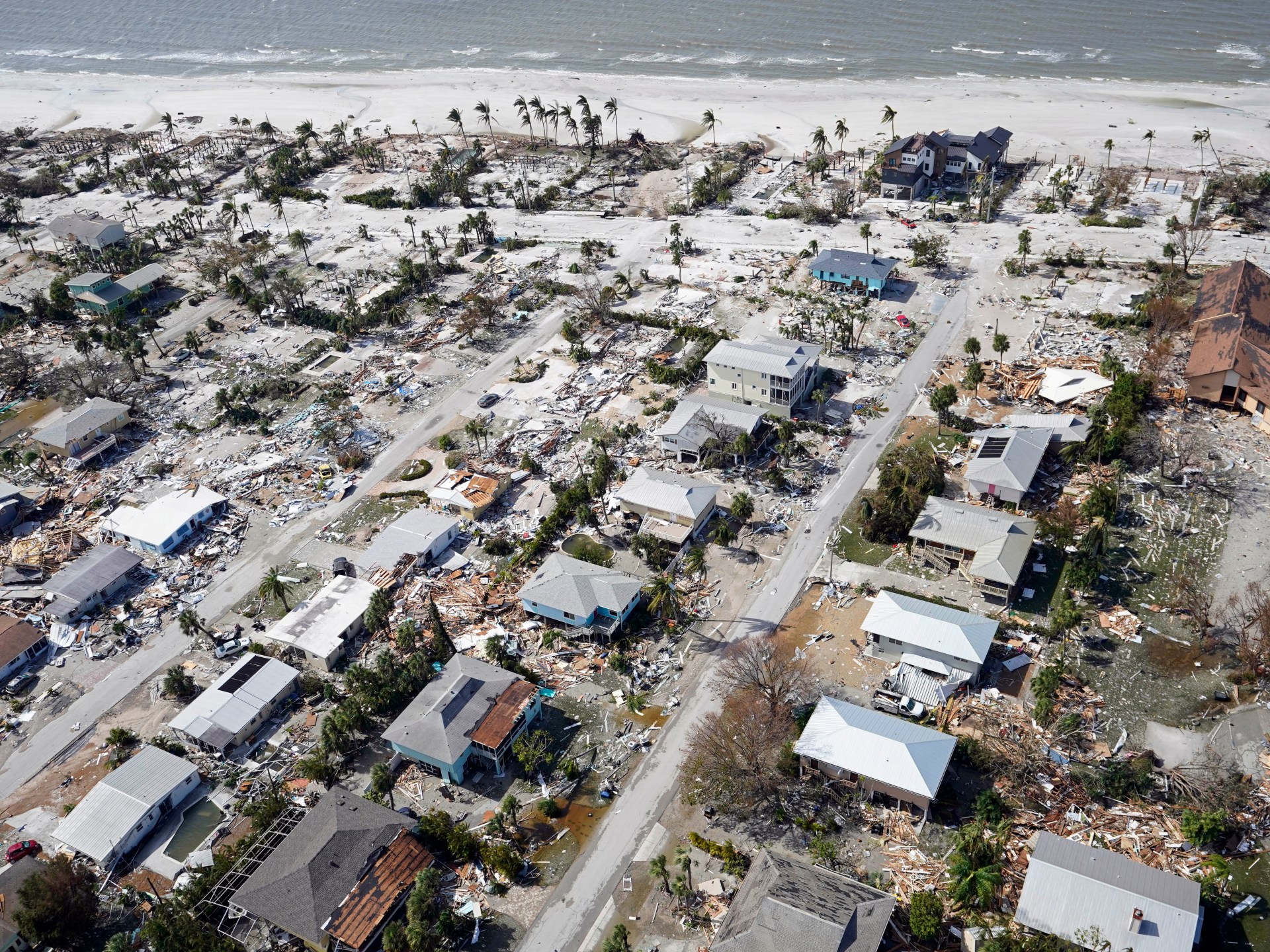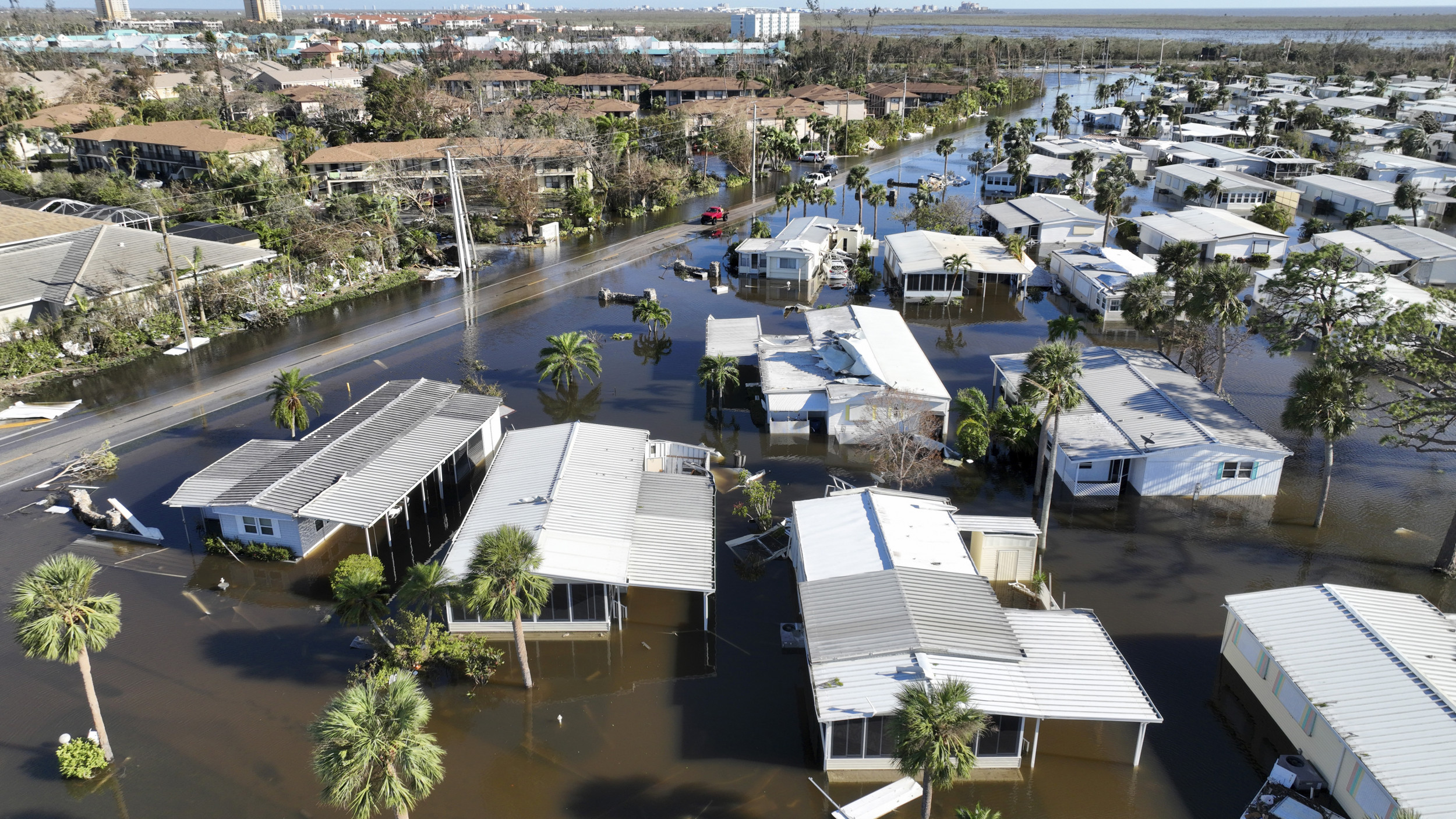Hurricane Ian: Devastating Aftermath And Recovery Efforts
Editor's Notes: "Hurricane Ian: Devastating Aftermath And Recovery Efforts" have just been published today. Given the importance of this topic, We've put together this Hurricane Ian: Devastating Aftermath And Recovery Efforts guide to help you make the right decision.
We analyzed the Hurricane Ian: Devastating Aftermath And Recovery Efforts, dug through the information, and then put together this Hurricane Ian: Devastating Aftermath And Recovery Efforts to help make an informed decision.
Key differences or Key takeways:
Transition to main article topics
FAQ
Hurricane Ian has unfortunately devastated several communities. The aftermath has been both physically and emotionally draining, and the recovery efforts are still ongoing. This FAQ section aims to provide information and address common concerns related to Ian's aftermath and recovery initiatives.
Question 1: What are the most immediate needs for those affected by Hurricane Ian?
The primary necessities include shelter, food, clean water, and medical attention. Organizations and volunteers are working diligently to distribute these essentials to those in dire need.
Question 2: How can people donate to recovery efforts?
There are numerous ways to contribute. Monetary donations to reputable charities and relief organizations are greatly appreciated. Additionally, donating essential items such as food, water, and clothing can make a significant difference.
Question 3: What are the long-term recovery plans for the affected areas?
Rebuilding infrastructure, restoring essential services, and providing support for individuals and businesses are central to the long-term recovery strategies. Communities are collaborating with federal and state agencies to develop comprehensive plans that address housing, healthcare, education, and economic recovery.
Question 4: How can volunteers help in the recovery process?
Volunteers play a crucial role in relief efforts. Opportunities include assisting with debris removal, providing emotional support to victims, and helping with distribution of supplies. Organizations involved in recovery efforts can provide information on how volunteers can contribute.
Question 5: What mental health resources are available for those affected by Hurricane Ian?
The aftermath of a hurricane can take a toll on mental health. Counseling, support groups, and mental health hotlines are available to provide assistance. It is important for individuals to seek help if they are struggling with anxiety, depression, or other emotional challenges.
Question 6: How can the public stay informed about recovery efforts?
Official sources such as government agencies, reputable news outlets, and relief organizations provide regular updates on recovery progress. Social media platforms and community forums can also be helpful for sharing information and connecting with others affected by the hurricane. Hurricane Ian: Devastating Aftermath And Recovery Efforts provides a comprehensive overview of the situation, including updates on recovery initiatives.
Tips
In the wake of Hurricane Ian's catastrophic aftermath, recovery efforts are underway. The following tips provide guidance to support ongoing rebuilding and restoration:
Tip 1: Prioritize Safety and Health
Inspect property for structural damage and ensure electrical and gas lines are intact. Avoid contact with downed power lines. Seek medical attention for any injuries or health concerns. Maintain proper hygiene and hydration to prevent infection.
Tip 2: Document Damages Thoroughly
Take detailed photographs and videos of all damages to buildings, belongings, and infrastructure. Keep a written record of losses, including estimated values. This documentation will aid in insurance claims and FEMA assistance.
Tip 3: Seek Professional Assistance
Consult with licensed contractors for repairs and rebuilding. Hire certified mold inspectors to assess and remediate potential hazards. Contact insurance providers and FEMA for financial assistance and support with temporary housing.
Tip 4: Support Local Businesses and Community
Patronize local businesses, restaurants, and services that have been affected by the storm. Participate in community cleanup efforts and offer assistance to neighbors in need. Act with compassion and empathy during this time of recovery.
Tip 5: Utilize Available Resources
Visit FEMA's website and disaster relief hotlines for information on assistance programs. Contact local charities and volunteer organizations to offer or seek help. Stay informed through official news sources and alerts.
Summary
By following these tips, individuals and communities can navigate the challenges of Hurricane Ian's aftermath and work towards rebuilding and recovery. Remember to prioritize safety, document damages, seek professional assistance, support local businesses, and utilize available resources to facilitate the healing process.
Hurricane Ian: Devastating Aftermath And Recovery Efforts
Hurricane Ian, a catastrophic Category 4 hurricane, has left behind a devastating aftermath and necessitated extensive recovery efforts across Florida.
- Infrastructure Damage: Ian caused widespread destruction to infrastructure, including power lines, roads, and bridges.
- Flooding: Heavy rainfall resulted in severe flooding, displacing thousands of residents and damaging homes and businesses.
- Economic Impact: The hurricane has caused billions of dollars in economic losses, affecting tourism, agriculture, and other industries.
- Environmental Concerns: Ian's storm surge and flooding led to environmental damage, including erosion and saltwater intrusion.
- Recovery Challenges: Recovery efforts face challenges such as supply chain disruptions, labor shortages, and financial constraints.
- Community Resilience: Despite the devastation, communities are demonstrating resilience and working together to rebuild.
The aftermath of Hurricane Ian highlights the importance of disaster preparedness, infrastructure resilience, and community support. The recovery efforts require a comprehensive and coordinated approach to address immediate needs, provide long-term assistance, and build back stronger and more resilient communities.

Photos: Hurricane Ian pounds Florida, leaves millions in the dark - Source www.aljazeera.com
Hurricane Ian: Devastating Aftermath And Recovery Efforts
Hurricane Ian, a Category 4 storm, made landfall in southwest Florida on September 28, 2022, bringing catastrophic winds, storm surge, and flooding. The hurricane caused widespread damage to homes, businesses, and infrastructure, leaving hundreds of thousands of people without power and water.

Pictures of Hurricane Ian Aftermath in Fort Myers Show Destruction of - Source sendstory.co
The recovery efforts are ongoing and will likely take months or even years to complete. The most immediate need is to provide food, water, and shelter to those who have been displaced. Long-term recovery efforts will focus on rebuilding homes and businesses, repairing infrastructure, and restoring the local economy.
Hurricane Ian is a reminder of the devastating impact that natural disasters can have on our communities. It is important to be prepared for the next storm by developing an emergency plan and having a disaster kit ready.
| Cause | Effect |
|---|---|
| Hurricane Ian makes landfall | Catastrophic winds, storm surge, and flooding |
| Widespread damage to homes, businesses, and infrastructure | Hundreds of thousands of people without power and water |
| Recovery efforts ongoing | Food, water, and shelter provided |
| Long-term recovery efforts | Homes and businesses rebuilt, infrastructure repaired, local economy restored |
Conclusion
Hurricane Ian was a devastating storm that had a significant impact on the lives of those in its path. The recovery efforts are ongoing and will likely take months or even years to complete. It is important to learn from the lessons of Hurricane Ian and to be prepared for the next storm.
One way to prepare is to develop an emergency plan. This plan should include information on evacuation routes, meeting places, and how to contact family members in the event of a disaster. It is also important to have a disaster kit ready. This kit should include food, water, first aid supplies, and other essential items.
